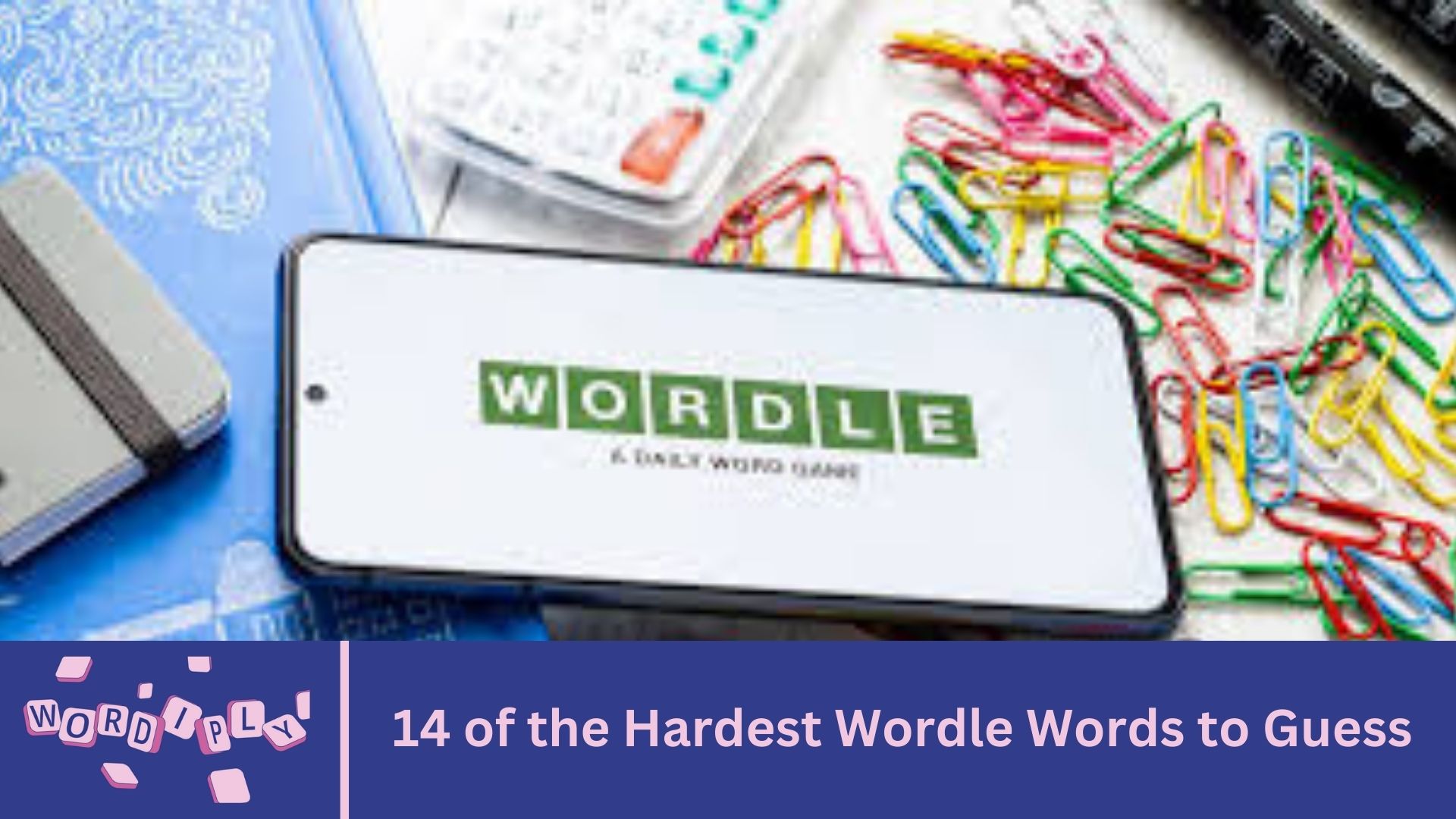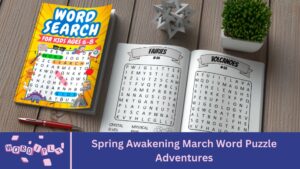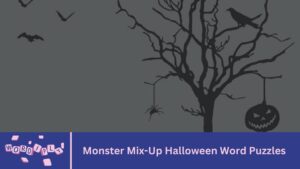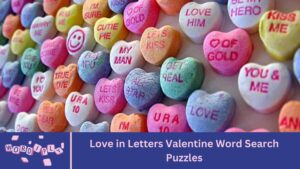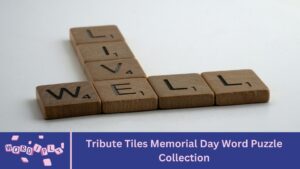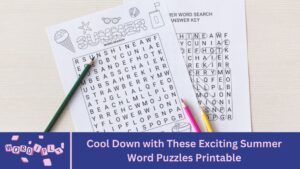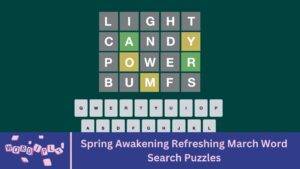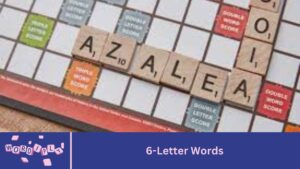One of the great appeals of Wordle is its variable difficulty, which can greatly vary from day to day. This article highlights some of the most challenging Wordle words from the game’s past solutions, showcasing the puzzles that have stumped players the most.
- Daily Streak Loss: Approximately 15% of players lose their streak each day due to tough Wordle solutions.
- PARER: Known to break the streaks of 60% of players due to its difficulty.
FOYER: Another challenging word that has interrupted around 30,000 players’ streaks. - Duplicate Letters: Words with duplicate letters can increase the likelihood of using all 6 guesses by about 10%.
- Sequential Repetition: Words with repeated letters in sequence, like JAZZY, are particularly tough.
- Non-Sequential Repetition: Words with repeated letters not in sequence, such as RIPER, are also challenging.
- Similar Words: Words that are similar to others, like CATCH and MATCH, can raise the chance of using all guesses by around 7%.
- Scrabble Scores: Words that score high in Scrabble or are more obscure tend to be harder to guess.
- Words Starting with ‘J’: Words beginning with ‘J’ are more difficult, with only 20 solutions starting with this letter.
What are hardest Wordle words to guess?
Wordle players, regardless of their skill level, can sometimes be stumped by the game’s 5-letter solutions. Unlike other word games, there isn’t a universal rule that determines how challenging a word might be for each individual.
PARER (Wordle #454)
- The word “PARER” was introduced as a Wordle solution on September 16, 2022.
- Nearly half of the players failed to solve it, with a failure rate of 48%. Additionally, it broke 60% of Wordle streaks on the day it was released.
- There are 10 possible words that fit the “P_ _ ER” letter pattern.
- If a player arrives at “P_RER,” the other likely option is “PURER,” a word more familiar to most players than the actual solution.
FOYER (Wordle #304)
- “FOYER” was the Wordle solution on April 19, 2022. Failing to solve this word within six attempts resulted in the loss of streaks for 30,000 players.
- With a 26% failure rate, more than one in four players couldn’t find the solution in time.
- Even if a player identifies the “F _ _ ER” pattern, there are still 10 possible answers.
- Moreover, “FOYER” has the letter “Y” in the middle position, which appears in 29 different Wordle solutions.
RIPER (Wordle #613)
- “RIPER” was the Wordle solution on February 22, 2023.
- On average, players needed 5.52 turns to solve this puzzle.
- About 25% of players failed to find the solution, a significantly higher rate than usual.
- Even when identifying the “R _ _ ER” letter combination, there are still 12 possible words that could fit as the solution.
CATCH (Wordle #483)
- “CATCH” was the Wordle answer on October 15, 2022, with a 23% failure rate.
- There are 18 possible words that end in the “TCH” combination.
- The word’s difficulty is further increased by the repeated use of the letter “C,” which only appears in 4.11% of Wordle letters.
JUDGE (Wordle #555)
- “JUDGE” was the Wordle solution on December 26, 2022.
- On average, players took 5.57 turns to solve it.
- About 20% of players couldn’t find the solution within the six allotted attempts.
- Only 20 Wordle solutions begin with the letter “J.”
- Even if a player identifies the ending combination “DGE,” there are still 12 possible answers to consider.
WATCH (Wordle #265)
- “WATCH” was the Wordle answer on March 11, 2022, and it had a failure rate of 20%.
- There are 18 potential answers that end with the letter combination “TCH.”
- Even if players identify the “W_TCH” pattern, they still face a decision between “WATCH” and “WITCH.”
JOKER (Wordle #675)
- “JOKER” was the Wordle solution on April 25, 2023.
- On average, players needed 5.69 turns to solve it, with 19% of players failing to complete it within the allotted attempts.
- Among those who did solve it, 26% used 5 guesses and 29% used 6 guesses.
- The challenge of solving “JOKER” is partly due to its common letter pattern “_O_ER,” which appears in 25 different solutions, making success more reliant on luck than skill.
MUMMY (Wordle #491)
- “MUMMY” was the Wordle answer on October 23, 2022, with an 18% failure rate.
- The word is especially challenging because it contains the letter “M” three times, which can lead players to waste time guessing incorrect letters.
- It is one of only three Wordle solutions with three occurrences of the letter “M,” alongside “MAMMA” and “MAMMY.”
CATER (Wordle #270)
- “CATER” was the Wordle solution on March 16, 2022. About 15% of players failed to solve it.
- Even if players identify the ending letters “TER,” there are still 16 possible solutions.
- Among these, “CATER” is the only word that starts with “C,” making it more challenging to guess correctly.
COYLY (Wordle #409)
- “COYLY” was the Wordle solution on August 2, 2022.
- Players failed to solve it 15% of the time. The word is relatively rare because only 8 words feature the letter “Y” twice.
- Among these, only 6 words fit the pattern where “Y” appears in the third and fifth positions.
TRITE (Wordle #396)
- “TRITE” was the Wordle solution on July 20, 2022, with a 15% failure rate.
- Even if players identify the ending “ITE,” there are still 9 possible solutions.
- Additionally, the word’s difficulty is increased by having the letter “T” appear twice.
FOUND (Wordle #282)
- “FOUND” was the Wordle solution on March 28, 2022, with a 14% failure rate.
- This word is particularly challenging because it shares 4 letters in sequence with 7 other words.
- Players who identify the “OUND” ending might still need luck to choose “FOUND” over other possible words that fit the sequence.
JAZZY (Wordle #712)
- “JAZZY” was the Wordle solution on June 1, 2023.
- On average, players needed 5.82 turns to solve it.
- About 36% of players solved the word in 5 turns, and 38% managed to solve it on their final turn. However, 11% of players did not solve it in time.
- The word is informal and features the “ZZ” combination, which appears in only 5 possible words.
NANNY (Wordle #714)
- “NANNY” was the Wordle solution on June 3, 2023.
- On average, players solved it in 5.68 turns.
- The word is challenging because it contains the letter “N” three times, a feature shared with only one other word, “NINNY.”
- About 82% of players took between 4 and 6 turns to solve “NANNY,” while 11% failed to solve it.
What makes a Wordle word difficult to solve?
Certain trends can help gauge a word’s difficulty in Wordle. Factors that often lead to players using all their guesses include unusual letter combinations, repetitive letters, and less familiar vocabulary. These elements can make it harder for players to quickly identify the correct word.
| Factor | Chance of using 6 guesses (approx.) |
| Duplicate letters | + 10.00% |
| Similarity to other words | + 7.00% |
| Higher Scrabble score | + 6.00% |
| Word obscurity | + 1.00% |
A graph is given below to show the chance of a player using all 6 guesses in Wordle by different factors:
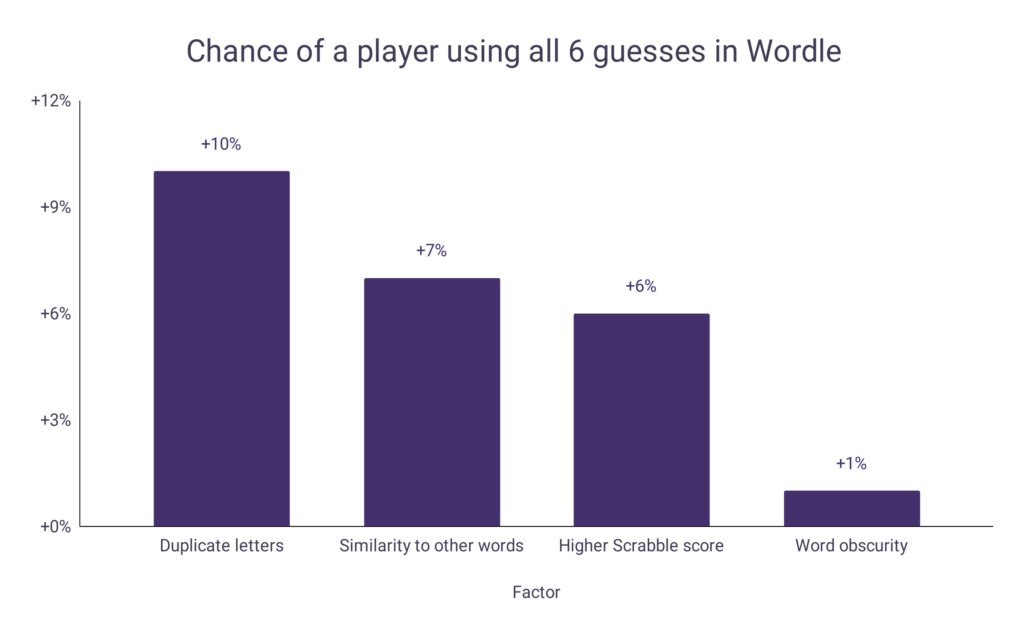
FAQ’s
What makes “JAZZY” one of the hardest Wordle words?
- “JAZZY” is challenging due to its informal nature and the rare “ZZ” combination.
Why is “COYLY” difficult to guess?
- “COYLY” is tough because it features the letter “Y” twice, which is uncommon.
What difficulties are associated with “NANNY”?
- “NANNY” is difficult because it includes the letter “N” three times, which is only used in “NINNY” as well.
How does “JOKER” challenge players?
- “JOKER” is tricky due to the common pattern “_O_ER,” which appears in multiple solutions.
Why is “FOYER” considered hard?
- “FOYER” is challenging because of its unique combination of letters and the presence of “Y” in the middle position.
What makes “MUMMY” a difficult word?
- “MUMMY” is difficult due to the repeated use of the letter “M,” which can confuse players.
How does “TRITE” pose a challenge?
- “TRITE” is hard because it shares a letter sequence with multiple other words, making it less distinguishable.
Why is “CATCH” considered a tough word?
- “CATCH” is difficult due to the uncommon letter pattern and the repeated “C” in its spelling.
What makes “RIPER” a challenging word?
- “RIPER” is tough because of the high failure rate and the common pattern “R _ _ ER,” which fits many other words.
Why is “PARER” hard to guess?
- “PARER” is difficult due to its uncommon letters and the high failure rate among players.
How does “FOUND” challenge players?
- “FOUND” is hard because it shares a letter sequence with multiple other words, which can confuse guesses.
What makes “WATCH” a difficult solution?
- “WATCH” is challenging because it shares the “TCH” ending with many other words, making it hard to pinpoint.
Why is “JUDGE” considered a tough word?
- “JUDGE” is difficult due to its common letter pattern and the presence of the letter “J,” which is less frequently used.
How does “CATER” pose a challenge?
- “CATER” is tough because the “TER” ending is found in multiple words, making it hard to differentiate.
What makes “WITCH” a difficult word to guess?
- “WITCH” is challenging due to the uncommon letter pattern and the presence of “W,” which is not used often in Wordle solutions.
Why is “MAMMA” considered a tough word?
- “MAMMA” is hard because it repeats the letter “M” twice and is less familiar to many players.
What makes “MAMMY” a challenging solution?
- “MAMMY” is difficult due to the repeated “M” and the word’s less common usage.
Why is “NINNY” considered tough?
- “NINNY” is challenging because it includes the letter “N” twice, similar to “NANNY,” making it hard to guess.
How does “JAZZY” affect guessing strategies?
- “JAZZY” affects strategies because of its unique letter combination and the need to guess less common patterns.
What are some strategies for guessing these hard words?
- Strategies include focusing on identifying rare letter combinations, using elimination processes, and leveraging known letter patterns to narrow down possibilities.
